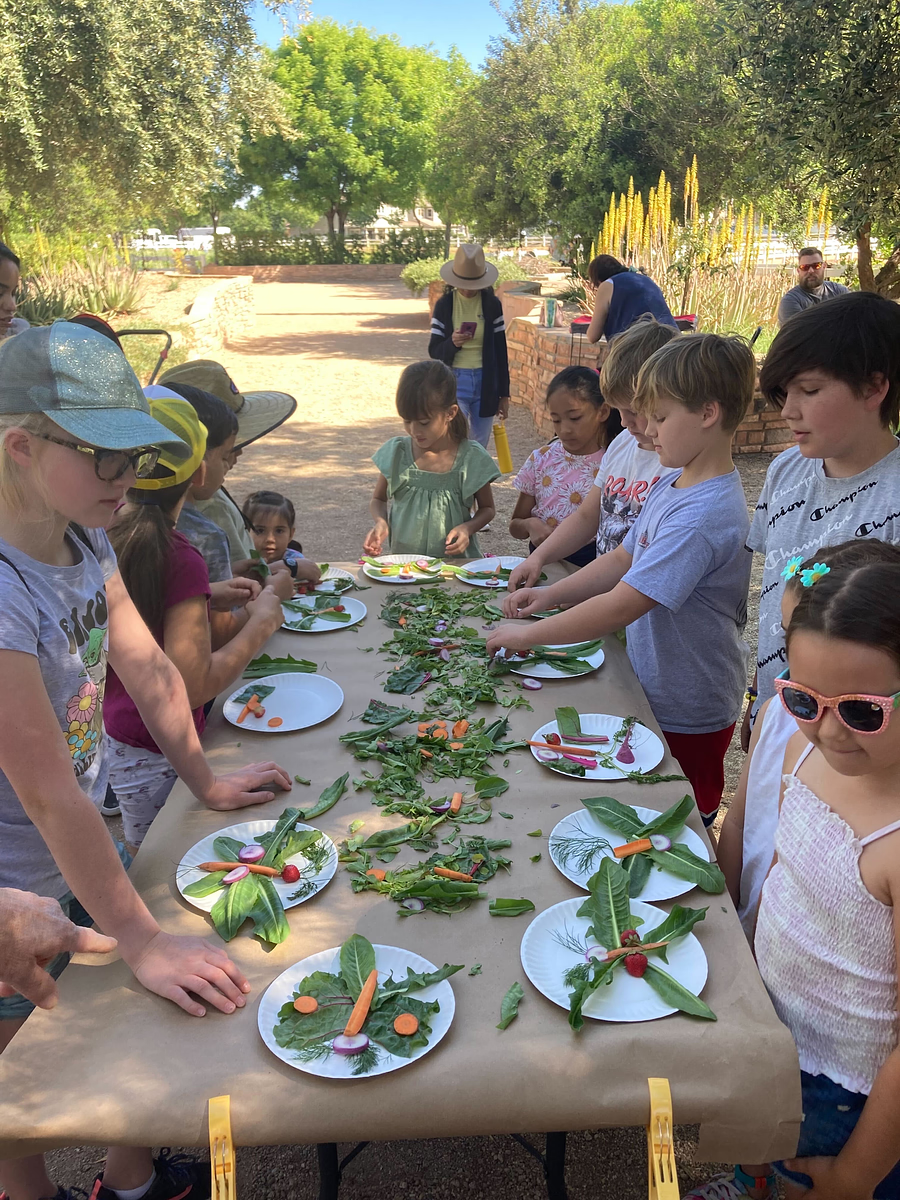Courtney Cullen | August 05, 2022
Hello Colearn Families!
Did you know that most family routines and outings provide fun and engaging ways to practice math in real life? Everyday presents an opportunity for project based learning with your kiddos. All kids learn so differently, and showing them how math in real life is right in front of them every day can make math way more fun and engaging. Research shows that early math skills are key in providing success in math foundations as children learn and grow. So, let’s have some math fun!
If you’re like my family, you spend a lot of time in the car. This is a great place to play math games. Our family loves playing the “zap” math game in the car! You can play this game with any operation: addition, subtraction, multiplication, or division. One family member shouts out a number, another family member shouts another number out, and then the next family member shouts the answer out. Multiplication example: “3!” “4!” and then the answer “12!” This game can be differentiated very easily by setting parameters such as it can only be a single digit, or double digits for addition. It’s great mental math practice! For the little ones, you can have them count how many red cars, for example, that they see on the way to where you are going. Have your older kids look at the time you are leaving the house and the time you arrive at your destination to practice some elapsed time. On a road trip, have them map out how far your destination is and using the miles per hour that you all are going see if they can guess the exact time that you will arrive.
Do your kiddos love playing card games? Playing cards can easily be turned into a math game! Grab your deck of Uno and try this variation. Play the game like you normally would but use the numbers as a guide. If there is a 2 on the pile the next person to put a number card has to either multiply or add the two numbers together. You can also use any deck of cards with numbers and practice making tens like “Go Fish”. If you have a 6, you need a 4 to make a ten. Making tens is such an important foundational skill when it comes to math.
Turn grocery shopping into a fun engaging activity with a little competition :) Have your kiddos take a pencil and paper into the store. For any item that you buy, they have to round up or down to the nearest dollar. At the checkout they add up all of the rounded numbers. Whoever gets the amount closest to the total is the winner! In a simpler version you can have your kids count produce to practice counting. Have them get you “five” apples and “seven” oranges, then have them total all of the fruit in the shopping cart. .
LAUNDRY! Can we turn that dreaded chore into an opportunity for math? You bet! When you are doing laundry, challenge your little ones to make certain patterns. Have them find all of the socks and put them in a certain pattern. You can give them a pattern to do such as “a black sock, then a white sock” or let them come up with a pattern on their own. For the big ones, let’s just say go put all the laundry away for me, right? :)
Involving your child in the kitchen and cooking is another family routine that can be a great way to teach math skills. You can learn fractions in a fun and hands-on way while measuring and adding ingredients. Teach your kids about the boiling point of water and the three states of matter as the boiling water turns into a gas. For the older kiddos, let them find a recipe, grocery shop AND do the measuring and cooking (with a little help) teaching them some math and basic life skills!
Have you ever realized how much math is a part of sports? This is geared more towards the older kiddos, but it can be incorporated into almost any sport that you play! Take basketball for example. There is so much math that goes into this sport without us even realizing it. Have your kids measure the length and width of the court, the diameter of the hoop, the diameter of the ball, and the length from the three point line to the hoop. How do they think the angle and velocity that the ball is thrown at from the three point line vs. further back will affect the probability of them making the shot? Baseball diamonds are full of math! Why is it called a diamond? Think about all of the angles that you can find while playing baseball: right, acute and obtuse are all around you while playing this sport. You can take it a step further and use the pythagorean theorem to find missing sides in angles on the field. Have your child measure the distance between each base. Using the theorem, have them find the distance that the catcher would have to throw the baseball from home plate to second base.
Looking for fun ways to promote math learning in your home? Join Colearn's live clubs/classes, Cooking and Math are just a couple of many to choose from!
I hope these ideas can help math become something different and fun as we support our children in their learning and developing.
Is MATH a dreaded subject in your home? Colearn offers home educational support from credentialed educators. Talk to an Enrollment Specialist today!
Get Colearn blog posts in your email.
By clicking on the button, I agree to the processing of personal data and the terms of use of the Platform

Colearn helps new and experienced families navigate the day to day home education process. Explore our programs here.